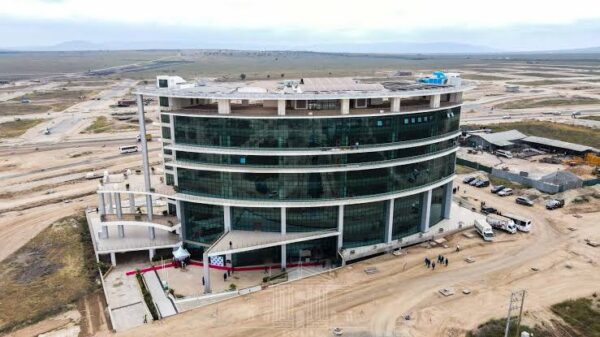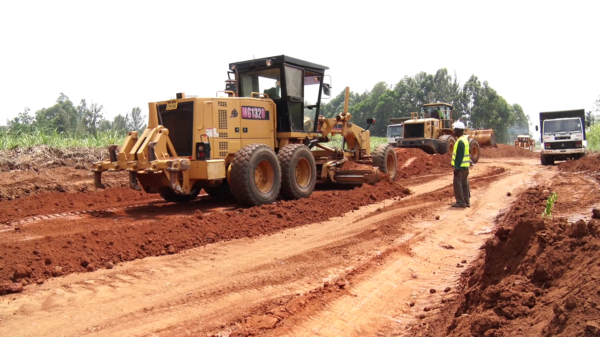DUBLIN, October 14 – Thousands of new homes shot up in the town of Tallaght during Ireland’s boom, but now prices are being slashed and properties lie empty as the market hits the rocks in the current world economic storm.
Tallaght, on Dublin’s south-west outskirts, has the new hotels, bars, coffee shops and glass and steel apartment blocks to prove that, until very recently, it was growing fast.
But despite mountain views and a new tram link connecting it to central Dublin in 40 minutes, property is hard to shift now. Local estate agents say prices are down as much as 30 percent on two years ago.
The mood at the giant shopping centre which dominates the 77,000 population town gives a clue why — many people, particularly the young, are very scared about the state of the economy.
"A lot of people are putting out this front that everything’s grand but inside they’re like: ‘Oh shit, we’re smashed,’" said Andrea, 30, who did not want to give her full name.
She and her partner took out a 100 percent mortgage and top-up at the top of the market, as well as some 20,000 euros (27,000 dollars) of personal loans.
Now they are having to cut back spending, while some of her relatives are considering a move to Australia in search of better times.
"It’s drastic when your family believes they have to live in Australia. It’s back to the 1980s," she said.
It is a similar picture across Ireland, which enjoyed record growth from the 1990s but hit recession this year for the first time since 1983. The country has been hammered by the world financial crisis and this month introduced laws to give a two-year unlimited guarantee on deposits in six banks.
Experts link the economic turmoil to a collapse of liquidity in the property market, the major engine of Irish growth.
At the peak in 2006, about 90,000 new homes were being built annually, they say. That figure will probably fall to about 40,000 this year and could hit 20,000 next year.
Mark O’Brien, 31, is also feeling the pinch — he is hunting for work after taking redundancy from his supermarket distribution job and says the market for new work is "not looking very good".
"We had all our eggs in one basket with construction and it’s come back to bite," he said, browsing the window of a jewellery shop.
Geoff Tucker, economist with estate agent Hooke and MacDonald which is selling some of the Tallaght flats, said the town had been "transformed" in the last five years by at least 3,000 new homes targeting first-time buyers.
But many are currently adopting a wait-and-see attitude, even though Tucker stressed the price falls offered meant there were bargains to be had — his firm is marketing one-bed flats for 199,950 euros, down from 265,000 euros.
"What they want to see is prices bottoming out," he said. "There will still be that level of reluctance if they believe prices haven’t completed their adjustment."
Ireland had been hit by a "sharp and rapid downward decline pretty much right across the market," he added.
Dr Alan Ahearne, an economics lecturer at the National University of Ireland, Galway and former economist with the US Federal Reserve, described the situation as "very serious".
He said that at the peak of the market a couple of years ago, residential investments made up about 17 percent of GDP. That would likely fall by about seven percent over the next two years, he added.
"The economy has no engines of growth at the moment and nothing to offset the big drag of home building," he said.
"It’s very difficult for an economy to post positive growth if you have one sector that’s putting that big a hole in GDP."



































